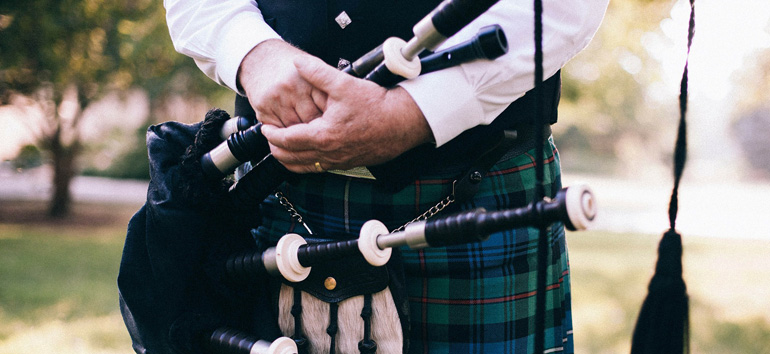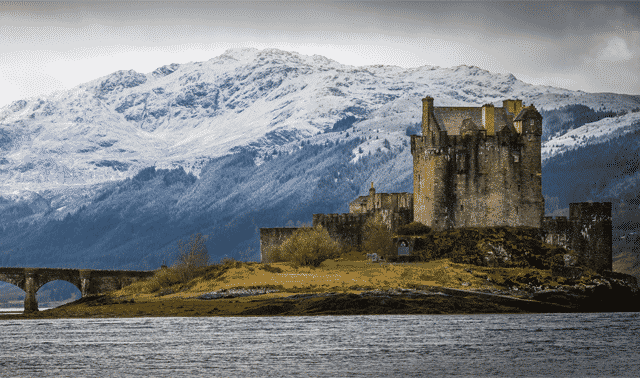Sign up for the Family Tree Newsletter! Plus, you’ll receive our 10 Essential Genealogy Research Forms PDF as a special thank you.
Get Your Free Genealogy Forms
"*" indicates required fields

Clans are as closely identified with Scotland as tartan and the Loch Ness Monster. However, many genealogists misunderstand Scottish clans.
Contrary to popular belief, the clan chief often was not related to (and therefore responsible for and loyal to) all of his “clansmen,” or people who lived on his estate. Rather, clan membership often had more to do with economic rather than blood relationships. Though the Gaelic word clann means children, a clan chief was likely related only to his primary tenants.
Most of his other “common” tenants—those who lived on his land, fought his enemies, and stole cattle at his command—were probably not blood relations. In fact, many tenants may have only taken the chief’s surname upon moving into his territory. Others may have descended from someone living on a clan chief’s land when surnames became common, and simply adopted the chief’s name out of convenience. According to The Family Tree Scottish Genealogy Guide:
ADVERTISEMENT
Not all individuals who carry a common clan surname (like MacDonald, McIntosh or McLeod) are genealogically descended from a common ancestor. It was common for families to take the surname of a more powerful clan if they needed protection.
Beginning in medieval times, this kinship bond masked a feudal relationship. All tenants owed the clan chief military duties, in addition to rent. Armed conflict over land between neighboring chiefs made this necessary.
But the situation changed in the 17th century, when clan chiefs began to see their estates in more economic terms. Chiefs sought a cash return on their estates to keep pace with those in the Scottish Lowlands and England. And once authorities restricted cattle raiding, chiefs had less need for military protection from neighbors.
A romanticized image of the Highland clan chief came about in the early 19th century. In 1822, Sir Walter Scott staged an elaborate pageant to commemorate King George IV’s visit to Edinburgh. The king arrived wearing a kilt of Royal Stewart, and Scott directed that all who attended the royal ball should wear “the ancient Highland costume.” But whatever the visual imagery of dashing clan chiefs during this time period, most no longer felt any obligation to the “kinsmen” living on their estates.
ADVERTISEMENT
Through the centuries, clans persisted as an important part of Scottish culture and identity. Each clan has its own tartan pattern, and is generally identified with a geographical area originally controlled by the chiefs (see a map).
Today, Scottish clans primarily serve as family history organizations. The VisitScotland website has more on clans. To learn more about clan organizations in the United States, check out the Council of Scottish Clans and Associations. And to learn more about your Scottish ancestors, look for The Family Tree Scottish Genealogy Guide. Inside, you’ll find great information on Scottish clans, history, geography, names and more. You’ll also learn how to trace your immigrant ancestors back to Scotland and find their records there.
Last updated: January 2025
FamilyTreeMagazine.com is a participant in the Amazon Associates Program, an affiliate advertising program. It provides a means for this site to earn advertising fees, by advertising and linking to affiliated websites.
ADVERTISEMENT







